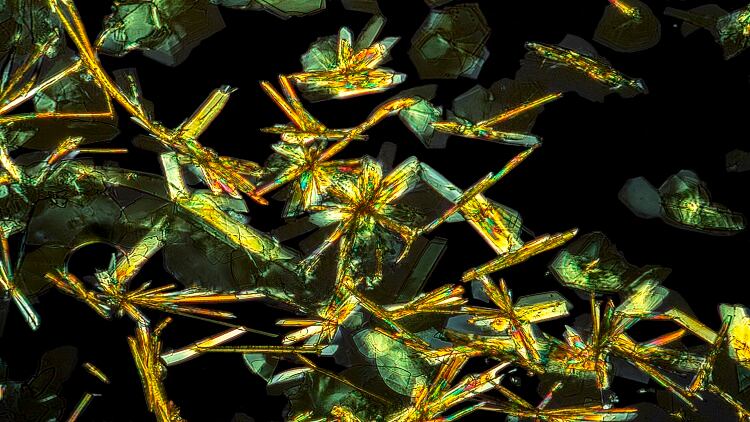Conducted in eight public schools in the Nay Pyi Taw Union territory in Myanmar during 2017, the study was published in BMC Public Health.
In the study, 776 seventh and eighth graders took part in face-to-face interviews.
They were required to answer questions and refer to photos of foods containing artificial colour published by the country’s Department of Food and Drug Administration (FDA).
It was found that 66.9% of the students ate foods with FDA prohibited colours. According to the FDA, the prohibited artificial colours usually seen in school food are Auramine O, Rhodamine B, and Orange II.
The students usually buy these foods from shops nearby their homes (56.3%), in their school canteens (43.2%) or shops near their schools (37.8%).
The researchers thus called for food safety regulation to ban the sale of unsafe food, especially in the school canteens, and also for the schools to conduct food safety programs.
School canteen a key factor
According to the study, majority of the students have a good understanding of artificial food colours, but this wasn’t reflected in consumption patterns.
This might be due to the school environment that the students are in.
The researchers found that the availability of such food items in the school canteen was a “strong predictor” of these foods.
“Our study showed that students who could obtain such foods in their school canteen were six times more likely to consume those foods than those who could not.”
On the other hand, suburban students were five times more likely than urban students to consume foods containing FDA-prohibited artificial colours.
The researchers suggested that a possible reason was that shop owners in the urban school canteens might have a better knowledge on foods containing FDA-prohibited artificial colourings than those from the suburban schools.
Limitations
The researchers pointed out some limitations to the study, including bias due to location of the schools.
They acknowledged that since the study was only conducted in central Myanmar, the results might not be applicable to the other parts of Myanmar.
Also, the study did not measure the food safety knowledge and harmful effects of food colouring amongst school students in detail, and further studies on this area are necessary.
The paper concluded that new food safety programmes were urgently needed to tackle the problem.
Source: BMC Public Health
DOI: https://doi.org/10.1186/s12889-019-6669-5
Consumption of foods containing prohibited artificial colors among middle-school children in Nay Pyi Taw union territory, Myanmar
Authors: Yu Mon Saw et al





